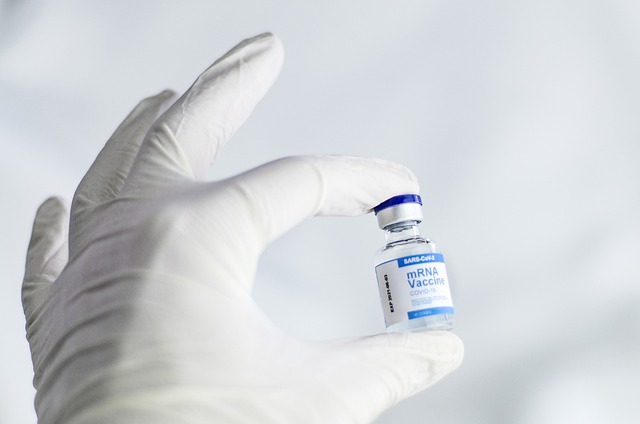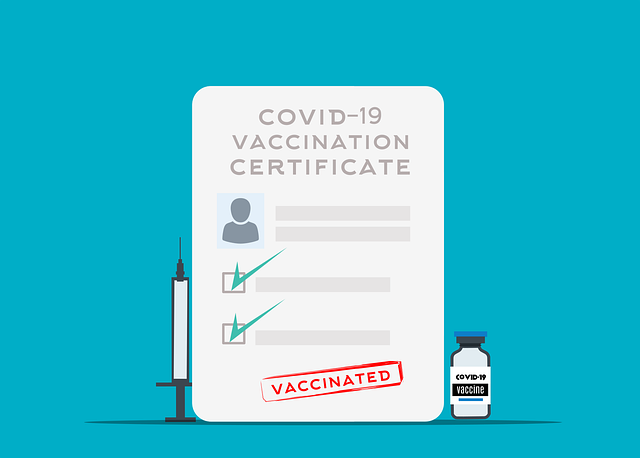Vaccine Information Sheets (VIS) play a vital role in patient education, providing crucial details about vaccine safety and efficacy. However, navigating complex medical jargon and cultural nuances can pose challenges in understanding these sheets, especially for non-native speakers. This article explores best practices for translating VIS services in the UK, focusing on enhancing patient safety and trust through clear, accessible translations. We delve into successful case studies, highlighting the impact of culturally sensitive VIS translation in UK healthcare settings.
- Understanding Vaccine Information Sheets: Their Role and Importance in Patient Education
- Challenges of Comprehensible VIS Translation: Cultural Sensitivity and Medical Jargon
- Best Practices for Accurate Vaccine VIS Translation Services in the UK
- Enhancing Patient Safety and Trust Through Clear, Accessible VIS Translations
- Case Studies: Successful Implementation of VIS Translation Services in UK Healthcare Settings
Understanding Vaccine Information Sheets: Their Role and Importance in Patient Education

Challenges of Comprehensible VIS Translation: Cultural Sensitivity and Medical Jargon

Translating vaccine information sheets (VIS) into multiple languages is a complex task, especially when aiming to ensure patient clarity and comprehension. One significant challenge lies in balancing cultural sensitivity with accurately conveying medical jargon. VIS content must be adapted to suit not only language preferences but also cultural contexts, ensuring that patients from diverse backgrounds fully understand the implications of vaccination.
Medical terminology can be particularly tricky when translating into different languages. Terms that sound straightforward in one language may lack equivalent concepts or have different connotations elsewhere. Professional translation services for VIS in the UK must employ linguists who not only excel in medical writing but also possess a deep understanding of cultural nuances to bridge this gap effectively.
Best Practices for Accurate Vaccine VIS Translation Services in the UK

Enhancing Patient Safety and Trust Through Clear, Accessible VIS Translations

Case Studies: Successful Implementation of VIS Translation Services in UK Healthcare Settings

In recent years, healthcare providers in the UK have recognized the importance of making vaccine information sheets (VIS) accessible to patients from diverse linguistic backgrounds. Case studies have shown that implementing translation services for VIS can significantly improve patient understanding and engagement with their vaccinations. For instance, a study conducted in several London-based primary care clinics demonstrated that translated VIS led to higher vaccination rates among non-English speakers, primarily due to enhanced comprehension of the vaccine’s benefits and potential side effects.
This initiative has been particularly successful in addressing barriers to care, especially in multicultural communities. By providing VIS in patients’ native languages, healthcare facilities have fostered a sense of trust and enabled more informed decision-making regarding vaccination. The positive impact on patient satisfaction and adherence to vaccination schedules underscores the value of translation services as a powerful tool in public health efforts to ensure equitable access to healthcare information.
The translation of Vaccine Information Sheets (VIS) is a vital service that improves patient safety and trust, especially within diverse healthcare settings across the UK. By addressing the challenges of cultural sensitivity and medical jargon, best practices ensure accurate and accessible translations. This approach not only simplifies VIS for patients but also encourages informed consent and effective communication, ultimately enhancing overall healthcare outcomes. Translation services for Vaccine Information Sheets UK play a crucial role in fostering inclusive healthcare environments where every patient can understand their vaccine options clearly.



